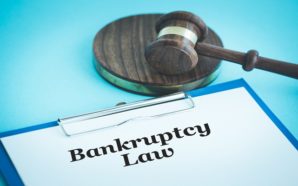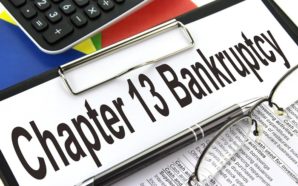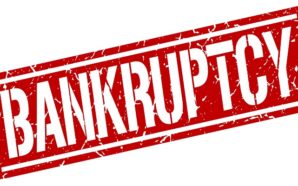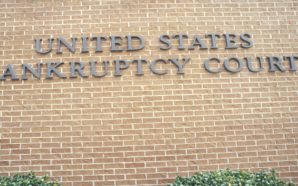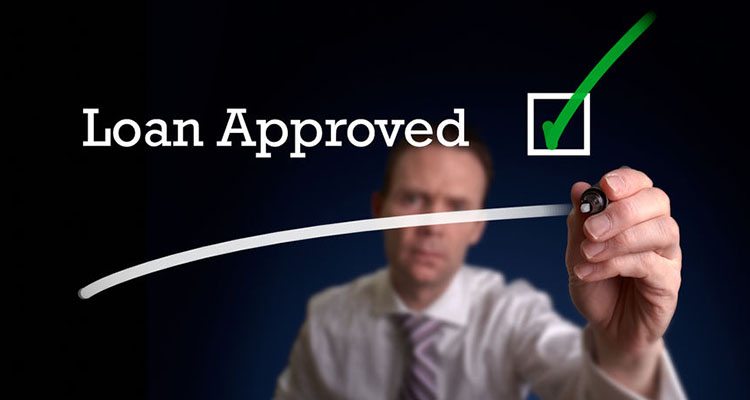The US Bankruptcy Court : Part of the Federal District Court Circuit
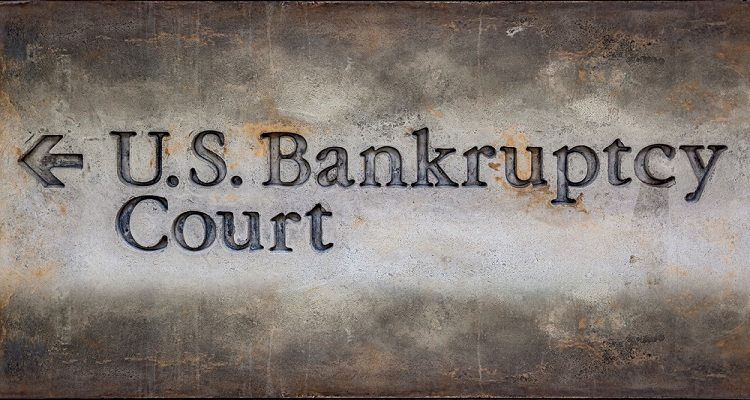
US Bankruptcy courts are specialized courtrooms created under Federal law to settle all types of personal as well as corporate bankruptcy cases. While the Federal Court was established by the United States Constitution, the US bankruptcy court system was created by an act of Congress as a part of the Bankruptcy Reform Act of 1978.
US Bankruptcy courts are Federal courts, separate from State Courts. Most family, civil and criminal cases are heard in State Courts. However, all bankruptcy cases are heard in a federal or bankruptcy court. This is because bankruptcy laws come under Federal and not state laws.
The Federal Rules of Bankruptcy Procedure are what govern bankruptcy proceedings and ensure that consistency of processes are maintained through all states and territories.
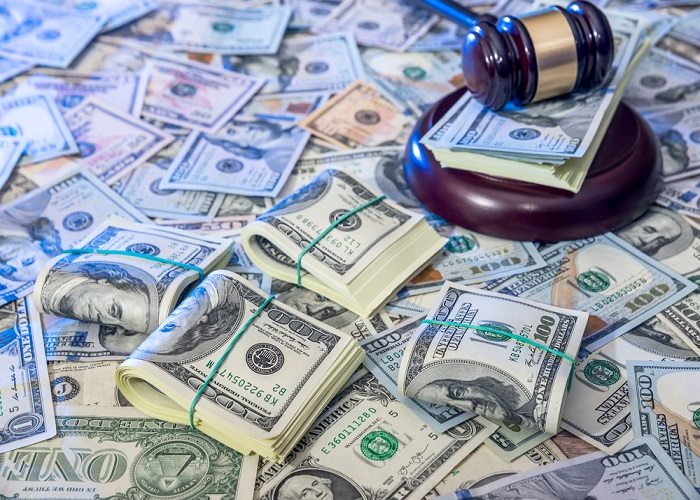
How does the US Bankruptcy Court system work?
The federal court system consists of various levels: The Trial Courts, the Appellate Courts and finally, the Supreme Court. The system also has other administrative courts like the immigration court. There are a total of 94 trial courts, 13 Appellate courts and 1 Supreme Court.
The Trial Courts are also known as District Courts and these are the starting point for any case that falls under the federal statutes. It is also at this level that Bankruptcy Courts function. In fact, US Bankruptcy courts are actually specialized courts that are a part of district courts. So, District Courts can also hear bankruptcy cases when required, however, as a process, most cases are sent to the bankruptcy courts for hearing.
The next level of court are called the Appellate courts. If the decision given by the trial court is contested, then the case is escalated to the Appeals Court. If the Appeals Court’s decision is also contested, the case may be taken to the highest court in the country – the Supreme Court.
Understanding the court system will give you an idea of how face your case may go within the US Judiciary system.
System of Appeals
It is possible that a decision given by the US bankruptcy court judge is not satisfactory. In this situation, there are provisions for appealing the decision.
Most of the time, bankruptcy appeals are heard in the district courts, and sometimes, under special circumstances, in the Appellate Court.
Some district circuits have a Bankruptcy Appellate Panel(BAP), which consist of bankruptcy judges belonging to the same circuit. These judges hear bankruptcy appeals for their circuit. However, if an applicant desires it, then his or her appeal will be heard in the district court.
If the case is still not resolved, then it goes to the next level – the US Court of Appeals (Appellate Court) that handles appeals for that particular circuit. The final appeal goes right up to the Supreme Court.
Jurisdiction
According to the Federal statute 28 USC 1334, bankruptcy cases fall under the exclusive jurisdiction of bankruptcy courts. What this means is that a bankruptcy case can’t be filed in a state court. This has been done to ensure that the same law applies to all bankruptcy cases, no matter where they are tried in the country or its territories.
Core Matters
There are certain aspects of a bankruptcy proceeding that are so key to the entire process that they are called Core Matters. These include:
- Interpreting the US Bankruptcy Code itself
- Handling Proof of Claims
- Chapter 13 repayment plans
- Chapter 11 reorganization plans
- Other bankruptcy specific issues
A core matter can only be decided by a bankruptcy judge.
A non-core matter can be decided by either a bankruptcy judge or a district court judge.
Finding the Right US Bankruptcy Court
You cannot go to just an US Bankruptcy Court to have your case heard. According to Federal law, you need to go to the bankruptcy court of the federal district in which you were domiciled or had your business headquarters or own most of your assets in the US for the 180 days before you file for bankruptcy.
Once you know your domicile, you can use the US Bankruptcy Court Locator to find out which one is closest to you.



